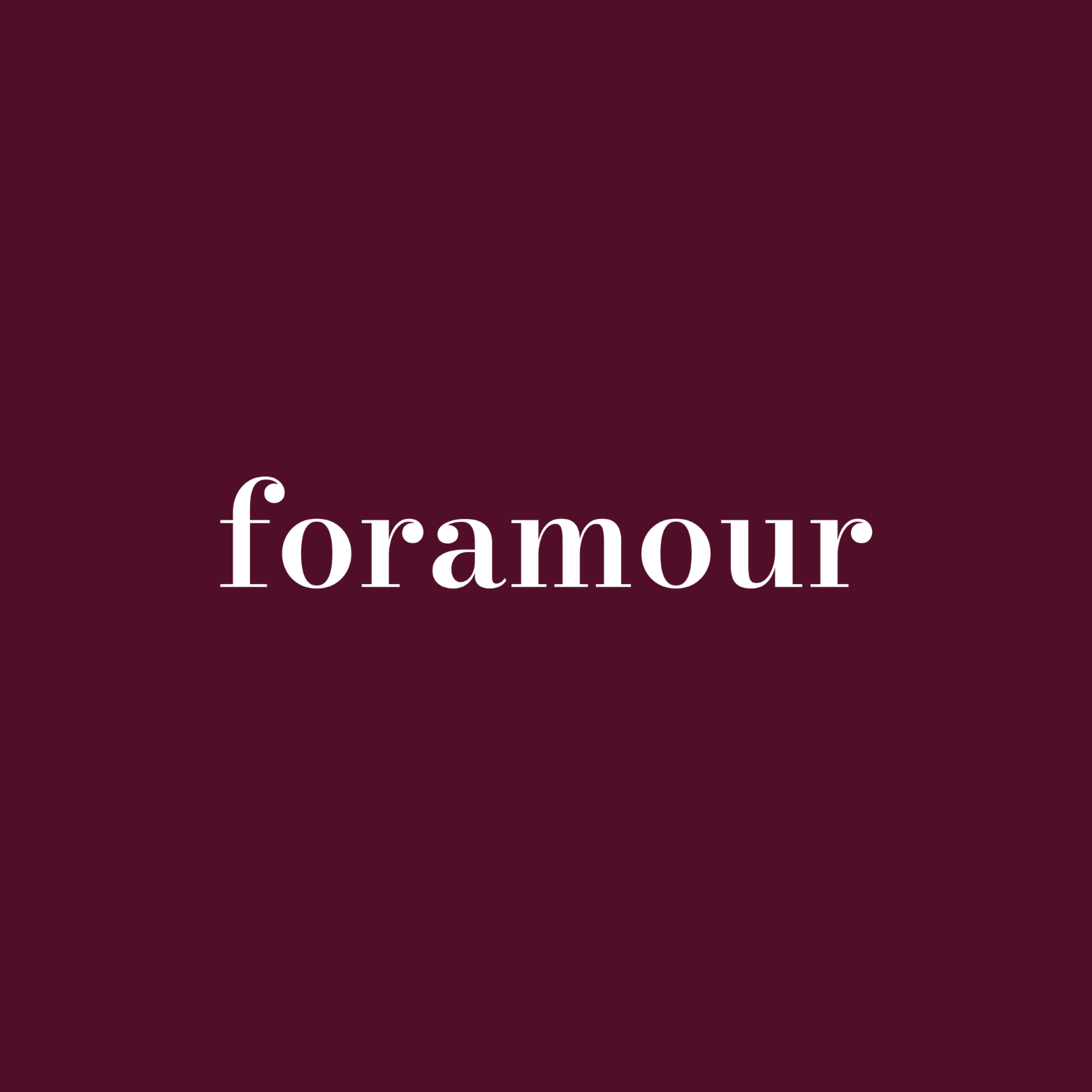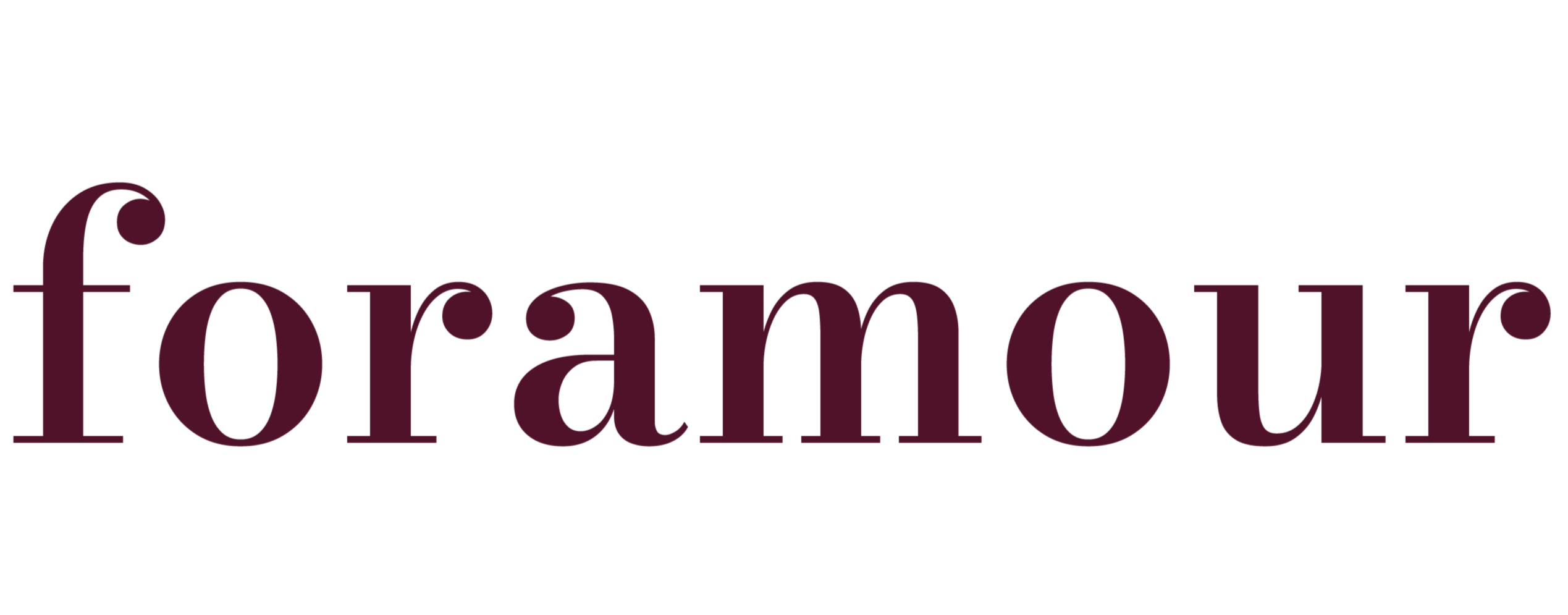
Torques Reemerge as Versatile, Unassuming Staples
Quick Listen:
In the vibrant heart of Jaipur's Johari Bazaar, amid the rhythmic tapping of hammers and the gleam of polished metals, an age-old adornment is experiencing a remarkable resurgence. Torque necklaces those sturdy, collar-like pieces historically donned by ancient rulers and fighters are reclaiming their spot as adaptable, subtle essentials in India's dynamic jewelry landscape. Far from being relics of the past, these items are seamlessly integrating into contemporary styles, merging cultural legacy with clean, modern lines that appeal to the nation's environmentally aware and fashion-forward buyers.
Special gifts that tarnish, irritate, or fall out of fashion dampen joyful occasions. That disappointment clouds memories meant to endure. Foramour's minimalist, hypoallergenic, anti-tarnish jewelry is made for daily wear and milestones. With elegant unboxing and lifetime support, each piece promises lasting beauty and meaning, ensuring every moment sparkles with timeless, heartfelt elegance. Shop Now!
Torques: An Enduring Comeback in India's Jewelry Sector
The torque necklace traces its roots to early societies, deeply embedded in India's diverse heritage. From the elaborate gold works of the Indus Valley era to the imposing, artistic collars gracing southern Indian monarchs, torques have always represented power and refinement. In the present day, Indian creators are reinventing them as ideal blends of classic and current styles. As per the Gem and Jewellery Export Promotion Council (GJEPC), the country's local jewelry market is seeing a notable uptick in interest for simple yet impactful items, with torques at the forefront. Fashioned frequently from eco-friendly materials such as repurposed gold or brass, their firm, rounded shape provides an excellent base for individualization, resonating with the principles of companies like Foramour that advocate for tailor-made, green alternatives.
Data from reliable sources underscores this momentum. The India jewelry market, valued at USD 90.40 billion in 2024, is forecasted to expand to USD 150.10 billion by 2033, achieving a compound annual growth rate (CAGR) of 5.20% from 2025 onward. This expansion mirrors a wider shift toward premium, meaningful accessories. Another analysis pegs the market at USD 100.94 billion in 2024, projecting growth to USD 168.62 billion by 2030 with a CAGR of 8.93%. Such figures highlight the sector's resilience and potential, fueled by rising disposable incomes and evolving tastes.
In major cities such as Delhi, Mumbai, and Bengaluru, torques are emerging as favored choices for younger demographics. Ambitious workers navigating between professional settings and cultural festivities appreciate their restrained sophistication. A creator based in Kolkata notes, “These aren't mere ornaments; they spark dialogues.” Platforms like Instagram and Pinterest's Indian feeds are accelerating this renewal, where trendsetters display torques combined with classic earrings like jhumkas or styled alone for a pared-down vibe. The adaptability shines through: torques shift effortlessly from everyday tasks to high-profile events, akin to how actor Zoë Kravitz incorporates a diamond torque into outfits ranging from relaxed jeans to elegant gowns, as featured in recent fashion coverage.
This revival isn't isolated; it ties into global movements where vintage styles gain fresh appeal. Torque necklaces, staples from antiquity that decorated leaders and combatants, are spotlighted anew for 2025. They join forces with persistent chokers those close-fitting icons of the 1990s that transcend mere retro charm. The industry emphasizes audacious, three-dimensional creations, exemplified by Gucci's robust gold bamboo torques and Schiaparelli's audacious fish skeleton chokers, all designed to command attention.
Fusion and Eco-Consciousness: Redefining Torques
India's jewelry arena is evolving rapidly, propelled by a desire for hybrid styles that fuse artisanal traditions with today's visuals. The National Institute of Fashion Technology (NIFT) points to the ascent of “fusion jewelry,” where torques receive contemporary updates like streamlined silver loops with carved patterns or stone embeds drawing from Mughal influences. A NIFT newsletter discusses initiatives to unite artisan groups for products that “mix contemporary fusion design” with modern elements. These resonate strongly with India's younger generations, millennials and Gen Z, who, based on India Brand Equity Foundation (IBEF) insights, favor uniqueness and green practices in acquisitions.
Eco-consciousness drives this renewal profoundly. Heightened focus on responsible procurement prompts creators to adopt reused metals and ethically obtained stones. In Rajasthan, craftspeople are resuscitating age-old methods to produce torque-like items that honor national legacy while adhering to current environmental norms. For example, a brand in Jaipur has rolled out brass torques adorned with regional botanical engravings, promoted as eco-friendly and budget-friendly. In the Delhi National Capital Region, upscale labels are embracing personalization, providing etchings and adaptable components that enable buyers to craft distinctly personal torques. This dovetails with the industry's pivot to direct-to-consumer (D2C) models, anticipated to surge markedly, as consumers pursue bespoke, significant items.
On the sustainability front, the global sustainable jewelry market is set to advance at a CAGR of 9.73% from 2025 to 2033. In India, this aligns with broader trends, including the lab-grown diamond jewelry segment, valued at USD 395.2 million in 2025 and expected to hit USD 1,571.4 million by 2035 at a CAGR of 14.8%. Such innovations reduce environmental footprints while catering to ethical demands, making torques attractive for conscious shoppers.
Torques in Practice: From Celebratory Stacks to Daily Grace
Torques demonstrate remarkable flexibility in India's varied style ecosystem. During festive seasons and nuptials, they're stacked alongside weightier gold chains or kundan ensembles, infusing a fresh twist into conventional attire. A designer from Kolkata explains how wedding parties are choosing featherlight, green torques as refined substitutes for cumbersome chokers. In metropolitan environments, torques are gaining traction as unisex basics, attracting diverse genders in places like Bengaluru, where simple aesthetics flourish. An autonomous creator in West Bengal has unveiled a torque series influenced by indigenous patterns, merging earthy allure with city polish.
These practical uses emphasize torque's role in linking legacy and contemporaneity. Research from Jaipur illustrates how craft cooperatives integrate torques into green lines, employing reused silver for items that entice local and overseas clients. IBEF indicates that India's jewelry shipments are ascending, bolstered by programs like Make in India, which elevate torques as prospective worldwide representatives of Indian artistry. In FY25, gems and jewellery exports reached Rs. 2,43,162 crore (US$ 28.50 billion), with March 2025 alone at Rs. 2,20,379 crore. The Make in India initiative continues to fortify the sector, though challenges like potential US tariffs could affect growth, as noted in recent analyses.
Gold demand projections for 2025 stand between 700-800 tonnes, building on 774.1 tonnes in 2023, despite value increases. Investment in gold rose 14% year-over-year to 76 tonnes in Q4 2024, signaling strong consumer engagement. Free trade agreements, such as with the UK, are poised to double exports to Rs. 21,183 crore (US$ 2.5 billion) in coming years.
Obstacles Ahead
Even with rising acclaim, torques encounter barriers in India's primary markets. Awareness among consumers is a primary issue. Unlike familiar items like bangles or marital chains, torques demand promotional efforts from brands to underscore their historical importance through narratives. Cost concerns persist too. Although green torques draw environmentally minded city dwellers, their elevated costs stemming from moral procurement and skilled labor may discourage thrifty buyers in less urban areas. Logistical hurdles in supply chains present risks, with facilities for reused materials still developing, per industry overviews. Additionally, preserving cultural integrity is vital: creators should ensure torques reflect Indian roots authentically, avoiding perceptions as imported fads.
External factors, like international trade tensions, add complexity. Reports suggest US tariffs could strain India's USD 10 billion jewelry exports, prompting shifts in manufacturing strategies. Leading firms like Titan are considering relocating production to regions like the Gulf to preserve favorable tariffs. Budget 2025 proposals aim to reinforce the industry as a worldwide leader by addressing duties and fostering growth.
Prospects for Expansion
Nevertheless, prospects eclipse the hurdles. India's digital jewelry sales are thriving, with D2C avenues ideal for torque tailoring. Entities like Foramour can leverage this through options for inscribing personal details, fostering sentimental connections. Potential abounds in secondary and tertiary urban centers, where emerging affluent groups crave upscale yet accessible jewelry. Industry metrics forecast steady advancement, propelled by higher earnings and mindful buying. Torques, boasting green attributes and lasting charm, are primed to seize this segment.
Furthermore, national export strategies via Make in India offer launchpads for torques internationally. Creators are innovating with torque variants that weave local themes into worldwide fashions, including Gucci's substantial gold bamboo styles or Schiaparelli's striking fish skeleton chokers. Prioritizing eco-friendliness and legacy allows Indian labels to secure unique positions globally while satisfying home audiences who prize genuineness.
Investments signal confidence: Malabar Gold & Diamonds plans Rs. 1,000 crore (US$ 120.4 million) by FY25, creating 4,000 jobs. Overall, the gems and jewelry domain is eyed to climb from USD 83 billion in 2024 to USD 128 billion by 2029 at a CAGR of 9.5%. These trajectories bode well for niche items like torques.
A Contemporary Legacy for India's Tomorrow
As dusk falls on Jaipur's ateliers and Mumbai's showrooms, it's evident: torques transcend fleeting vogues. They serve as conduits between India's legendary history and its progressive horizon, encapsulating ideals of eco-responsibility, personalization, and expertise. Authorities from NIFT and GJEPC anticipate torques spearheading the simple luxury jewelry surge, presenting flexible options to ornate alternatives. For labels like Foramour, advancement involves enlightenment narrating torques as current treasures bearing historical depth and ecological vows. In a land where adornments embody creativity and sentiment, torques are destined to evolve into treasured fundamentals, adorned with dignity by admirers of pure sophistication.
Frequently Asked Questions
What are torque necklaces and why are they becoming popular in India?
Torque necklaces are sturdy, collar-like jewelry pieces with ancient origins that were historically worn by rulers and warriors. They're experiencing a remarkable resurgence in India's jewelry market as versatile, minimalist essentials that blend cultural heritage with modern aesthetics. Their popularity stems from their adaptability transitioning effortlessly from everyday wear to formal events and their appeal to environmentally conscious, fashion-forward consumers who appreciate personalized, sustainable jewelry options.
How much is India's jewelry market worth and what role do torque necklaces play?
India's jewelry market was valued at USD 90.40 billion in 2024 and is projected to reach USD 150.10 billion by 2033, with a compound annual growth rate (CAGR) of 5.20%. Torque necklaces are at the forefront of the growing demand for minimalist yet impactful jewelry pieces. They represent the market's shift toward premium, meaningful accessories that combine traditional craftsmanship with contemporary design, particularly appealing to younger demographics in major cities like Delhi, Mumbai, and Bengaluru.
Are torque necklaces sustainable and eco-friendly jewelry options?
Yes, many torque necklaces in India are crafted from eco-friendly materials such as recycled gold, brass, and ethically sourced stones. This aligns with the global sustainable jewelry market's growth at a CAGR of 9.73% from 2025 to 2033. Indian artisans are reviving traditional techniques to create torques that honor cultural heritage while meeting modern environmental standards, making them attractive choices for conscious consumers who value both sustainability and authentic craftsmanship.
Disclaimer: The above helpful resources content contains personal opinions and experiences. The information provided is for general knowledge and does not constitute professional advice.
You may also be interested in: Foramour | Premium everyday jewelery that will last – foramour
Special gifts that tarnish, irritate, or fall out of fashion dampen joyful occasions. That disappointment clouds memories meant to endure. Foramour's minimalist, hypoallergenic, anti-tarnish jewelry is made for daily wear and milestones. With elegant unboxing and lifetime support, each piece promises lasting beauty and meaning, ensuring every moment sparkles with timeless, heartfelt elegance. Shop Now!
Powered by flareAI.co
Share


